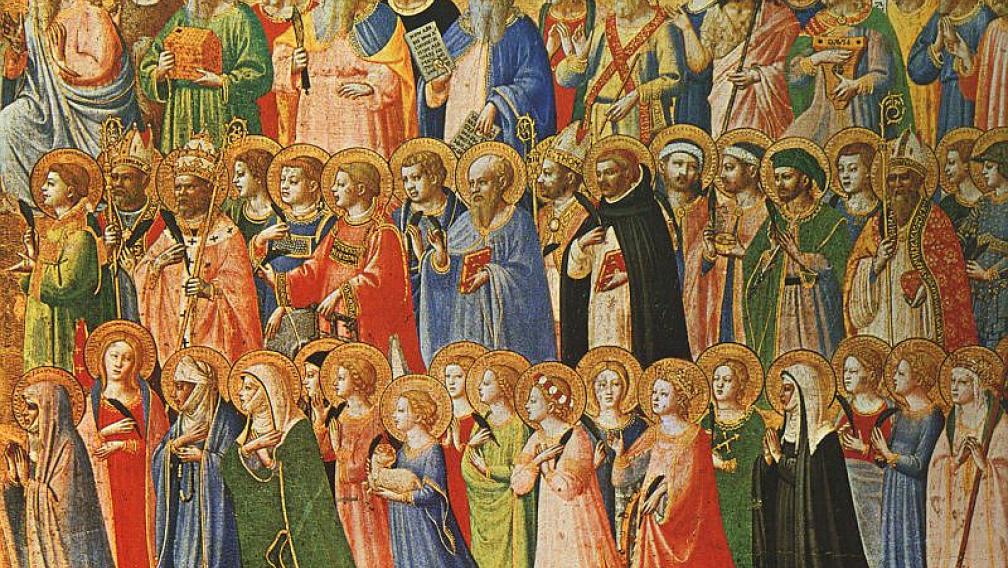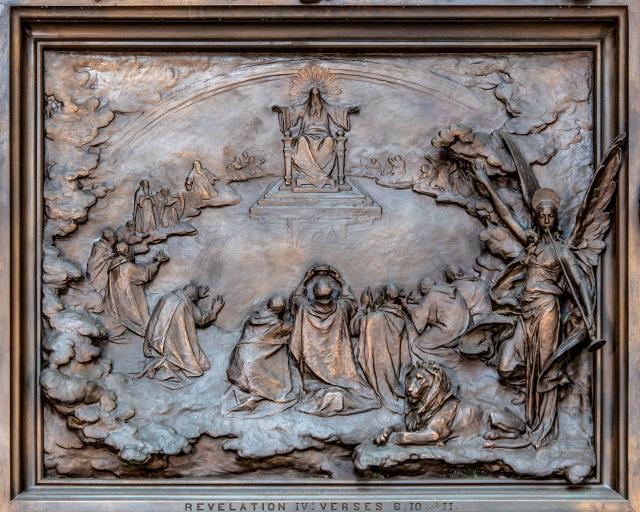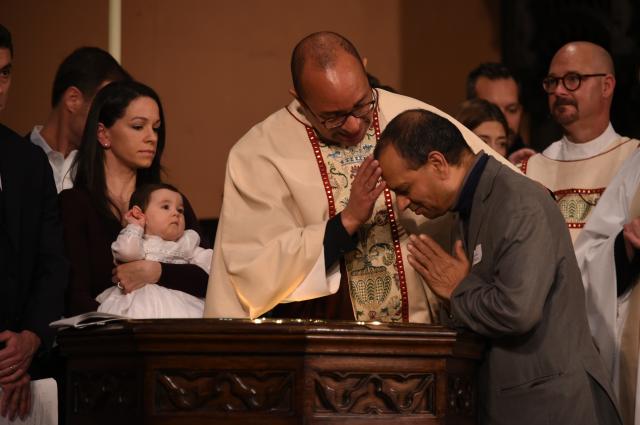Allhallowtide: Remembering the Communion of Saints

You’ve probably heard of All Saints’ Day, and you know about Halloween, of course. But what about All Souls’ Day, All Hallows’ Eve, and All Faithful Departed? And just to add another wrinkle, how about All Saints’ Sunday?
November 1 is All Saints’ Day, one of the principal feasts of The Episcopal Church, a day to remember the saints, known and unknown. The origins of All Saints’ Day aren’t completely clear. A feast for all martyrs was observed as early as the fourth century. In the eighth century, Pope Gregory III designated November 1 as the day to honor all saints and dedicated a chapel in Rome, while Pope Gregory IV officially declared a general observance for the Feast of All Saints in 837.
In medieval England this feast was known as All Hallows. (“Hallow” was an Old English term for saint.) The day before was All Hallows' Eve, or Halloween. It is believed that the traditions we associate with Halloween originate with Celtic harvest festivals, in particular the festival of Samhain, which celebrated the harvest and when the dead were said to return to their homes because the veil between the physical and spiritual worlds was believed to be thinnest at that time. Bonfires were lit to frighten away evil spirits.
There is an Episcopal service for All Hallows’ Eve that includes prayers and readings such as “The Witch of Endor,” which may be surprising to learn is a story, not from Tolkien, but from the Bible. Endor is a village mentioned in the Book of Joshua...and also is the name of both a planet and a moon in the Star Wars saga.
What is sometimes called the All Saints Triduum or Allhallowtide, including Halloween and All Saints’ Day, concludes November 2 with the commemoration of All Faithful Departed, sometimes called All Souls’ Day.
In the New Testament, the term “saints” refers to the entire Christian community. However, over the centuries the word “saint” has come to mean people of “heroic sanctity.” So beginning in the tenth century, the church designated November 2 to remember all departed Christians.
It’s a tradition in some churches to create an “altar of remembrance” which specifically recalls the names of persons who have died during the previous year, a custom which Trinity has observed in past years, as seen in the photo below from November 2010. For the past several years, remembering the lives of the departed has taken on even greater relevance given the human toll of the Covid pandemic.
In much of Latin America, the annual celebration of the Day of the Dead, El Día de los Muertos, also falls on the same two days, November 1 and 2. The feast began with the indigenous people of what is now Mexico and Central America and includes Aztec rituals mixed with Roman Catholic traditions.
Now, how about the aforementioned All Saints’ Sunday? Since November 1 falls on Sunday only every five or six years, it’s the custom of the Episcopal Church and Trinity Church Wall Street to “transfer” the observance of All Saints’ Sunday to the Sunday closest to, but after, November 1. This year, Trinity will celebrate All Saints’ Sunday on November 6.
All Saints' Sunday, on whatever date it falls, is one of the four holy days denoted in the Episcopal Church for baptisms. The others are the Baptism of our Lord (First Sunday after Epiphany), the Great Vigil of Easter, and the Day of Pentecost.








